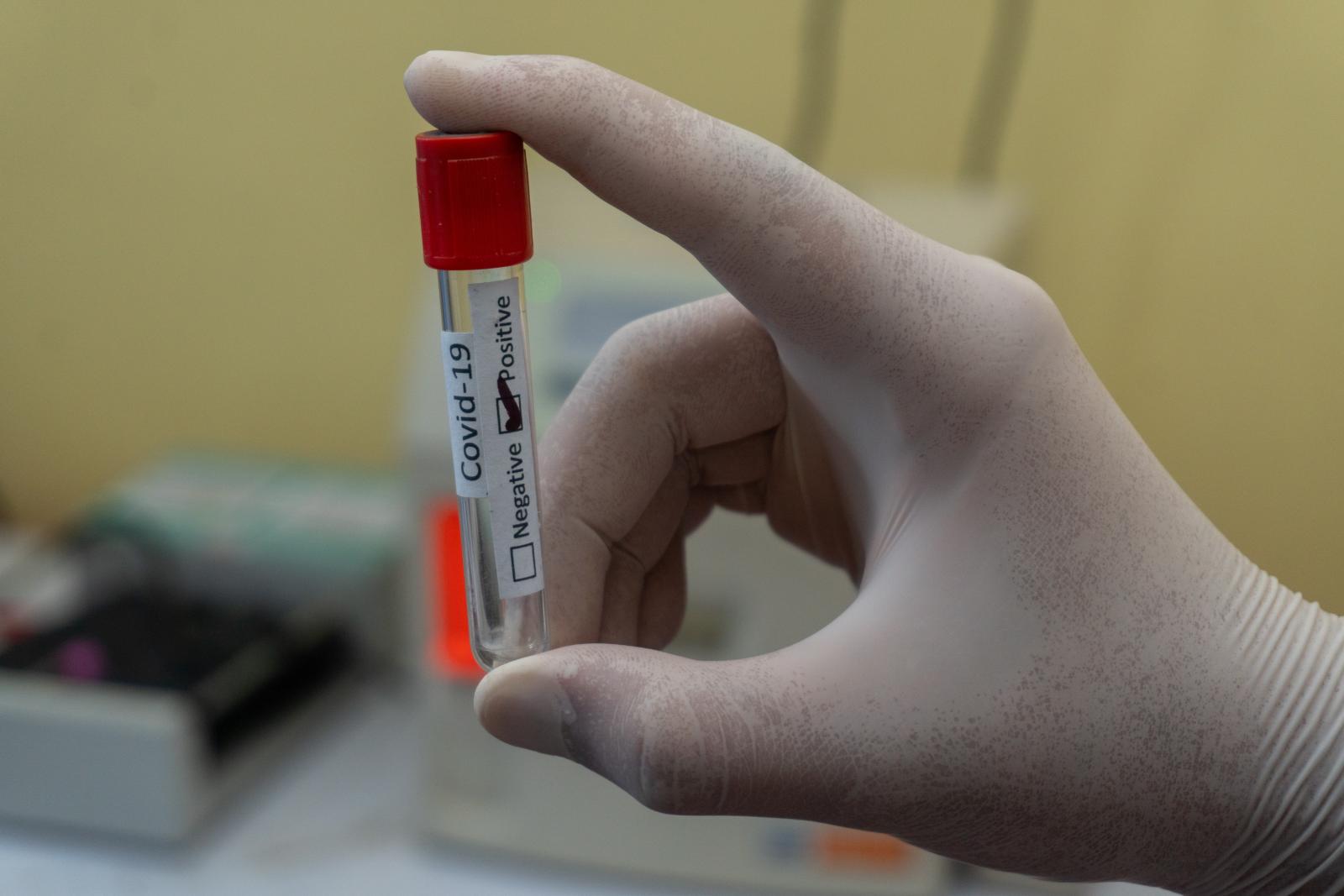The Bundesrat, the Federal Council that represents the sixteen German Länder, announced the introduction of secondary exploitation rights for the authors of scientific articles in periodical works. This is an amendment to the Copyright Act, which implements the European Directive 2012/28/EU on certain permitted uses of orphan works in the German national law.
In the last months, the government – composed of CDU/CSU and FDP – has been pushed to address this issue following the requests of several scientific associations such as the Allianz der Wissenschaftsorganisationen, the Deutsche Forschungsgemeinschaft, the Fraunhofer-Gesellschaft, the Max-Planck-Gesellschaft and the Wissenschaftsrat. In February 2013 the Federal Ministry of Justice submitted the first draft to guarantee the exploitation of secondary inalienable rights.
As reported on wisspub.net, the topic of open access was also included in the programs of all the parties during the last election campaign. The CDU wanted to develop an open access strategy with the science; the FDP intended to anchor the open access to the funding guidelines; the SPD required to continue to work on an educational and scientific friendly copyright; the Bündnis 90/Die Grünen wanted the promotion of opendata and the introduction of open access in science; the idea of Die Linke was to evaluate the openness as a paradigm of modern science and to make knowledge using the tax money generally available.
The authors of scientific articles should be allowed to publish their research results a second time online after the first publication in a scientific journal. Therefore, a broader public will have free access to these contents one year after the primary publication, independent of the publisher's agreement. However, the new law has some limitations, which are disapproved by the German science organisations.
As regards the STEM fields (science, technology, engineering and mathematics), the open access recommendation of the EU Commission stipulates a retention period of six months to sufficiently guarantee the publishers' economic interests. However, the new German legislation provides the application of this right from twelve months after the first commercial publication and is also applied only to certain formats of text, i.e. for magazine articles. Scientific essays, textbooks or monographs are excluded. Also, as an additional criterion, the secondary publication rights are adopted only for publications that arise at least half of publicly funded research and are published at least twice per year.
These limitations could be a disadvantage for the majority of scientists. In addition, the period of twelve months embargo is probably too long, especially for scientific and technical subjects. Therefore, the digital secondary publication is also possible only in the accepted manuscript version: this is a problem if somebody needs to quote the publication. Finally, the last part of this new copyright reform regulates the use of orphan works. If an author is not known or even untraceable, his works can be digitized and can be made available on Internet. However, only some selected public institutions can make use of such archives or libraries. Other knowledge portals, such as Wikipedia, are excluded.


